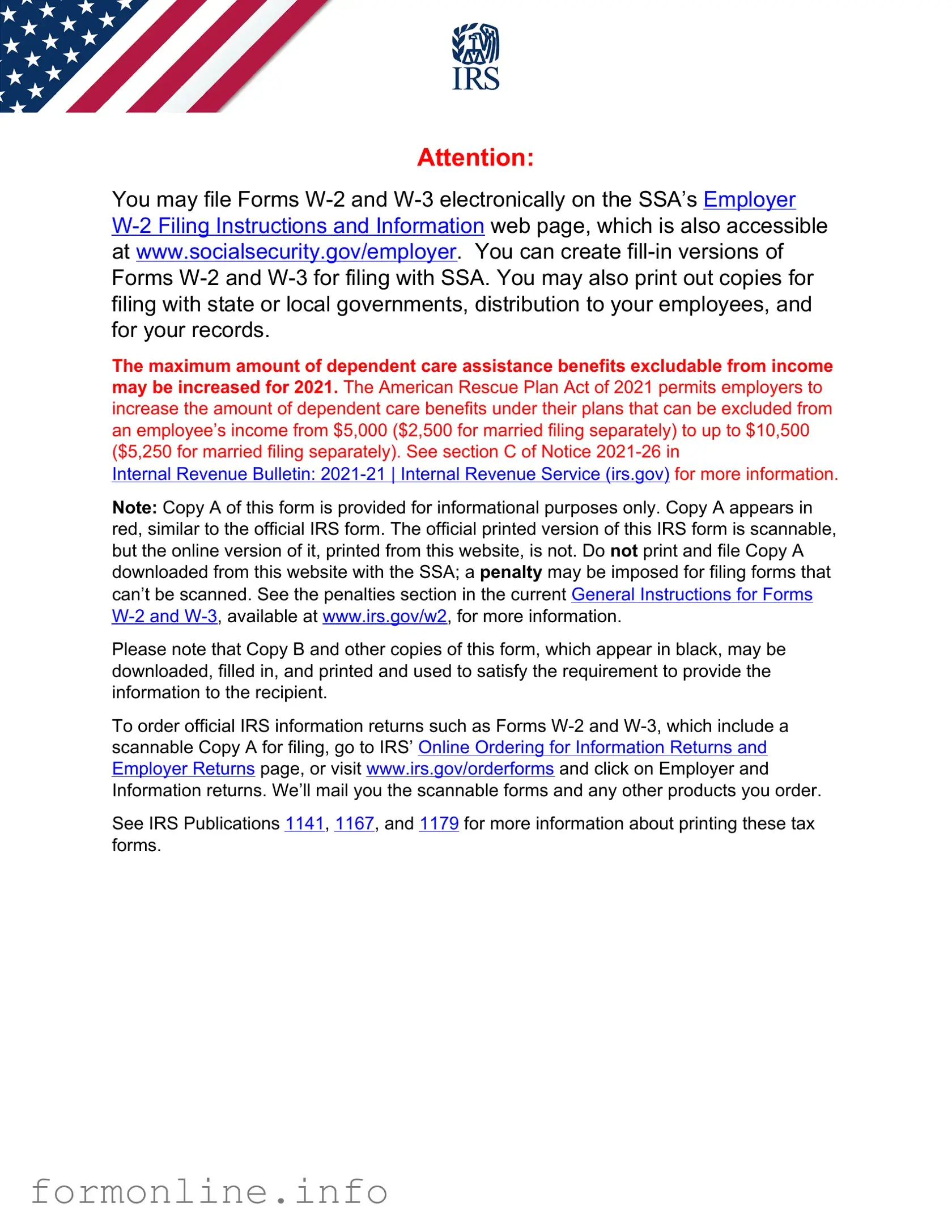The IRS W-2 form is one of the most similar documents to the W-3. The W-2 is issued by employers to report an employee's annual wages and the taxes withheld from their paycheck. While the W-2 provides detailed information for each employee, the W-3 serves as a summary of all W-2 forms submitted by an employer. Both forms are essential for tax reporting and are used by the IRS to verify income and tax withholdings.
The 1099-MISC form is another document that shares similarities with the W-3. This form is used to report income paid to independent contractors and other non-employees. Like the W-3, the 1099-MISC provides a summary of payments made during the year. While the W-3 summarizes employee wages, the 1099-MISC focuses on non-employee compensation, making both forms important for accurate tax reporting.
The 1099-NEC form is specifically designed for reporting non-employee compensation, similar to the 1099-MISC. It was reintroduced in 2020 to separate non-employee income from other types of payments. Just as the W-3 summarizes multiple W-2 forms, the 1099-NEC can summarize payments made to various contractors, ensuring that the IRS has a clear view of total payments made by a business.
The 941 form, also known as the Employer's Quarterly Federal Tax Return, is another related document. Employers use this form to report income taxes, Social Security tax, and Medicare tax withheld from employee wages. The W-3 summarizes the information reported on the W-2s, while the 941 provides a quarterly breakdown of tax liabilities, creating a comprehensive picture of an employer's tax responsibilities.
The 944 form is designed for small employers who file their payroll taxes annually instead of quarterly. Similar to the 941, the 944 reports income and payroll taxes withheld. The W-3 complements this by summarizing the annual totals reported on the 944, ensuring that the IRS has all necessary information regarding an employer’s tax obligations.
Understanding the legal implications of documents such as the IRS forms is crucial, especially when dealing with liability issues. For instance, a clear grasp of the Hold Harmless Agreement form can assist businesses and individuals in managing their responsibilities and risks effectively, similar to how IRS forms ensure accurate financial reporting and compliance.
The 1095-C form is related to health coverage reporting under the Affordable Care Act. Employers use this form to report the health insurance offered to employees. While the W-3 summarizes wage and tax information, the 1095-C provides details about health coverage, making both forms crucial for compliance with federal regulations.
The 1095-B form is similar to the 1095-C but is used by health insurance providers to report coverage provided to individuals. It helps the IRS ensure that individuals have minimum essential coverage. While the W-3 focuses on wages and taxes, the 1095-B provides information about health insurance status, highlighting the importance of both documents in maintaining compliance with tax and health regulations.
The Schedule C form is used by sole proprietors to report income and expenses from a business. This document is similar to the W-3 in that it summarizes income information, though it focuses on self-employed individuals rather than employees. Both forms play a role in reporting income to the IRS, ensuring that all earnings are accounted for during tax season.
The Schedule SE form is used to calculate self-employment tax for individuals who earn income from self-employment. Like the W-3, which summarizes wages, the Schedule SE is essential for reporting income to the IRS. It ensures that self-employed individuals pay the correct amount of taxes based on their earnings, making it an important document for tax compliance.
The 1040 form is the standard individual income tax return form used by taxpayers in the United States. Similar to the W-3, the 1040 summarizes income from various sources, including wages reported on W-2 forms. Both documents are integral to the tax filing process, ensuring that individuals report their income accurately and fulfill their tax obligations.


